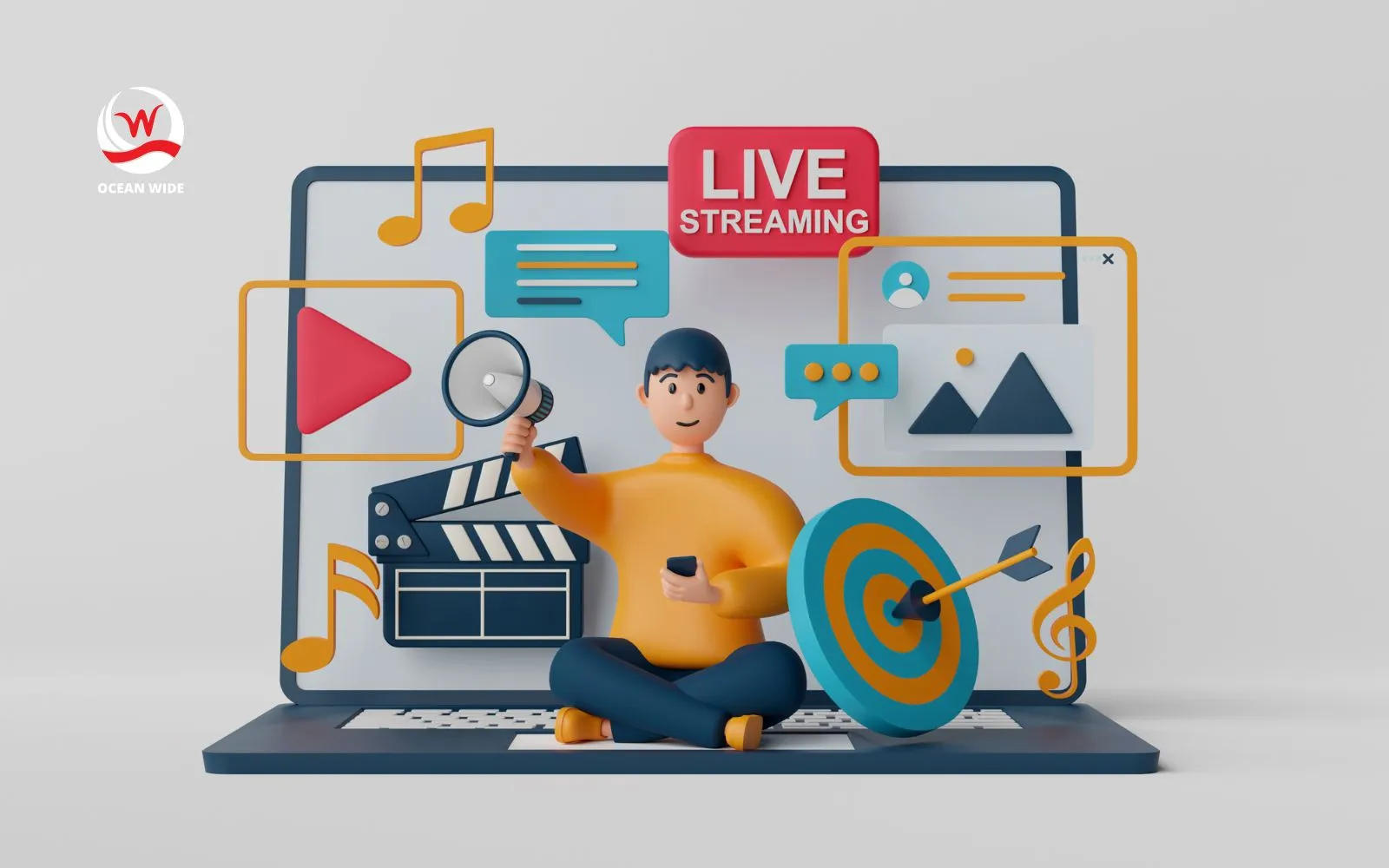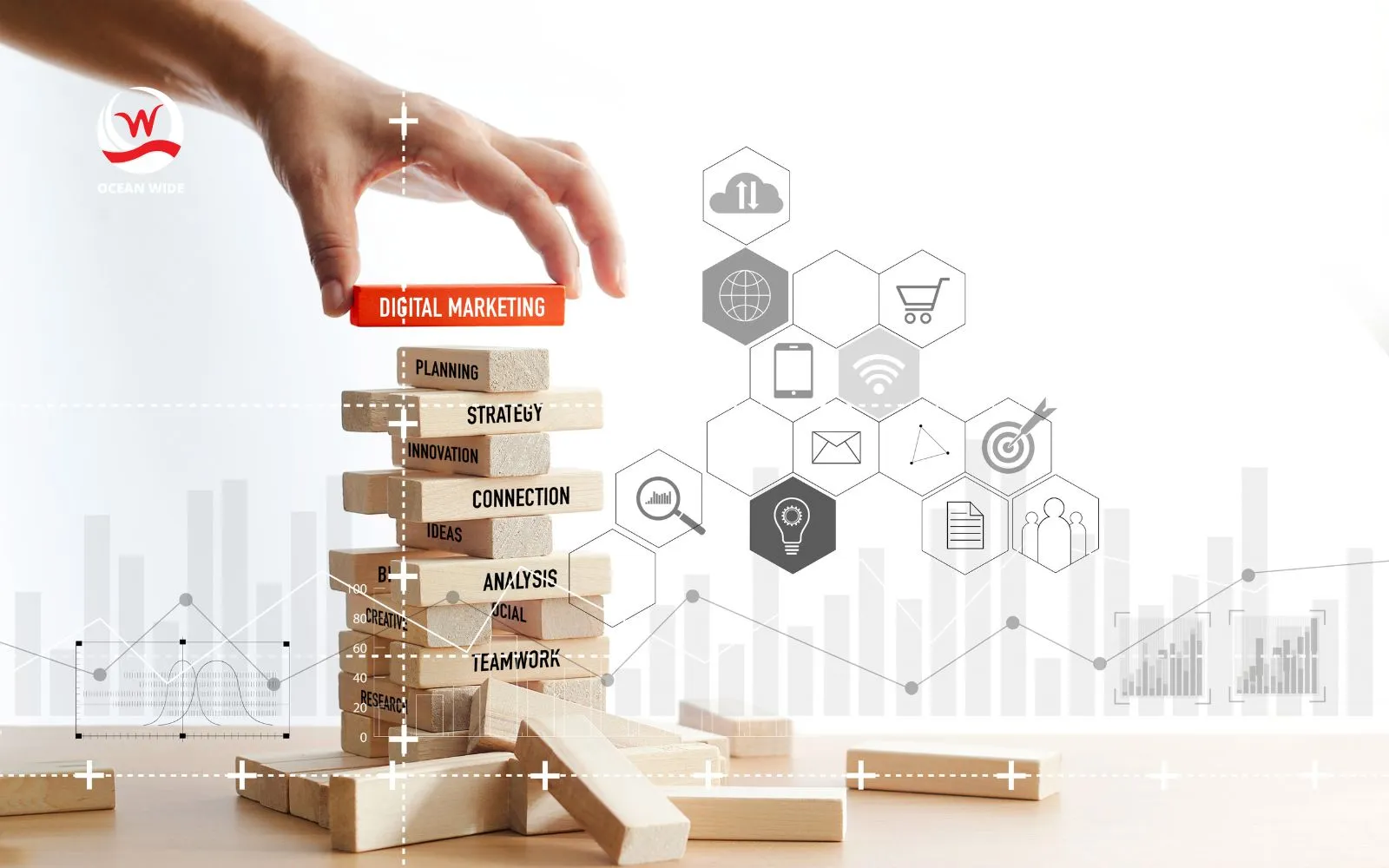Reaching custom audiences across various media platforms while maintaining scale poses a significant challenge today — especially as we move towards a “cookieless” future. New advances in audience targeting and data-powered automation are creating a new paradigm.
Last week, Fluency and Intuit SMB Media Labs shared a strategic framework for leveraging data more effectively to reach custom, local audiences at a larger scale. We heard great insights and questions from other advertisers.
In this article, we’ll summarize those and share the key insights we learned with an emphasis on the following:
- The importance of addressing critical operational challenges
- The impact the “cookie-less” future has on digital advertising
- How to create a “playbook” around your data so that you can leverage it successfully
- How to leverage automation to activate data and drive precision advertising
Addressing operational challenges in custom and local campaign execution
In an era where agencies are grappling with escalating time pressures, the challenges are multifaceted, spanning from intricate configurations to complex management landscapes. There’s also an undeniable rising pressure to overhaul operational frameworks and adopt more sophisticated technology-driven strategies to meet these advanced demands efficiently.
This complexity not only demands an enhanced level of expertise but also a shift away from traditional execution strategies that are proving inadequate. The core issue lies in the fact that traditional approaches do not align with today’s dynamic digital environment, where rapid adaptability and agility are crucial for staying ahead.

At the workshop, we had attendees take part in a one-minute exercise where they reflected on where their teams were spending most of their time. The key challenges we heard from attendees, included:
- Time spent on advertising execution versus strategy
- Overall operational complexity around data integration and data “cleanliness”
- Lack of clarity on the role of automation versus AI in creating solutions
- Overall risk management and error minimization at scale.
These challenges all “ladder up” to the escalating time pressures across ad operations. This pressure is compounded by the complexity involved in both configuration and management tasks, which demand meticulous attention and expertise. Additionally, the need for precision in audience targeting adds another layer of challenge, requiring more nuanced and sophisticated strategies than traditional execution approaches offer. These conventional methods fall short of addressing the reality of today’s fast-paced, intricate advertising landscape, underscoring the urgent need for agencies to adapt and evolve their tactics to remain competitive and effective.
The cookieless future has made data activation even more important
“How sure are we that cookies are going away in 2024?” This question opened the floor, seeking engagement with a show of hands. The likelihood that Google will phase out third-party cookies seems almost certain now, especially since Google has initiated a phased disabling of third-party cookies for 1% of Chrome users globally as of January 4, 2024.
Just a week later, Google addressed advertisers’ concerns about the Privacy Sandbox in a detailed blog post. Meghan Yuen’s piece in Emarketer revealed that by 2024, an estimated 75% of digital advertisers will still depend on cookie-based targeting, signaling a tumultuous period ahead for the industry, humorously termed the “cookie-apocalypse.” This shift will undeniably cause disruption, as IP addresses are also off the table; Google is already beta-testing an IP Protection feature intended to block third-party access to Chrome users’ IP addresses, with plans to release it before 2025.

The reluctance of companies to adapt to this change is understandable, as many advertisers argue a lack of resources and budget to explore and implement untested, cookieless solutions. Amidst this uncertainty about how to proceed, a notable trend is the pivot of many advertisers towards retail media networks. These networks are rapidly becoming more popular, with over 84% of US marketers expressing a greater likelihood to invest in them due to the third-party cookie deprecation, according to a survey by LiveIntent.
AI is emerging as a crucial technology in empowering advertisers with limited first-party data. By utilizing AI to drive probabilistic models with minimal input, even smaller brands and agencies can achieve enhanced addressability at scale, circumventing traditional identifiers. This underscores the essential role AI can play in refining targeting efforts, regardless of the quality of one’s own data, marking a pivotal moment in the advertising industry’s evolution.
How to create a “playbook” around your data so that you can leverage it successfully
In the post-cookie world, leveraging first-party data becomes not just advantageous but pivotal for maintaining a competitive edge. But where does one start? The transformation from possessing data to fully harnessing its power involves a strategic approach viewed through three critical lenses: identification and evaluation, activation and automation.
- At the outset, a deep-dive into your data is essential: Identifying what sets your data apart from competitors or other industries can reveal significant competitive advantages or unearth hidden opportunities. Consider the depth versus breadth of your data; think of breadth as the range of data points you’ve collected and depth as the volume or instances of each data point. Understanding the balance between deterministic data, which is based on exact matches, and inferred data, which relies on analysis of various data points for identity assumption, is crucial for appreciating your data’s quality.
- Post-evaluation, activation comes into play: Augmenting your data through cleanrooms and data marketplaces is seen as a forward-thinking step. However, engaging in data augmentation can dilute the uniqueness of your offering and impact margins. Data cleanrooms are pivotal, serving as secure environments where data from different sources can be combined and analyzed without direct sharing. This process can enhance your data’s depth and breadth, preparing your organization to thrive in a cookie-less landscape. Meanwhile, data marketplaces, despite their attractiveness, may compromise the proprietary nature of your data, thus affecting its differentiation.
- Activation also involves data segmentation into ‘lego blocks,’ enabling the assembly of highly specified consumer groups for tailored advertising: Such granularity in data segmentation enhances targeting fidelity, ensuring that audiences receive the most pertinent information. Utilizing ad automation partners that can ingest data feeds will enable the creation of large-scale, highly relevant ad campaigns. This approach aligns with the ‘lego block’ strategy, ensuring that audiences are engaged with the most relevant content. Additionally, automation facilitates continuous A/B testing, a practice that becomes increasingly valuable as marketers seek new strategies to reach their audiences effectively in the absence of traditional cookies.

As you can see, the shift towards utilizing first-party data in a post-cookie landscape necessitates a nuanced, strategic approach encompassing identification, activation, and automation to fully leverage its potential. By meticulously analyzing and activating their unique data sets, organizations can maintain a competitive edge, ensuring relevance and precision in targeting amidst evolving technological landscapes.
Ready to build a playbook and create an action plan you can take back to your teams?
Ready to take these insights even further? A thorough audit of your current operations is essential for uncovering inefficiencies, identifying team bottlenecks, understanding better data utilization, and exploring secure, scalable AI implementation opportunities. This process also involves posing critical questions to facilitate the integration of automation in alignment with the agency’s goals and capacities. Questions you may ask include:
Data organization:
How are we collecting and formatting data today?
What makes our first-party data unique?
Do we use any second-party or third-party data?
How complete is our data? Is it actionable data?
Process:
Where are we losing time in execution and management?
Where are we making tradeoffs in execution?
Where are we doing “reworks” or losing focus on priorities?
What is our ideal staffing ratio?
Platforms:
Where do we have technical debt?
What systems do we have to manage ad execution?
What AI tools are we using?

Final thoughts on thriving in a cookie-less future
The Fluency x Intuit SMB Media Labs session at POSSIBLE in Miami last week shed light on the crucial steps operational leaders must take as they pivot towards a future of advertising without cookies. Highlighting key insights and practical strategies, this session emphasized the urgent necessity for adaptation and evolution within a sector that’s constantly being reshaped by swift technological progress and shifts in consumer privacy expectations.

As we look toward a future where traditional identifiers no longer hold sway, the insights shared during the POSSIBLE session will serve as crucial building blocks for redefining success in digital advertising.



